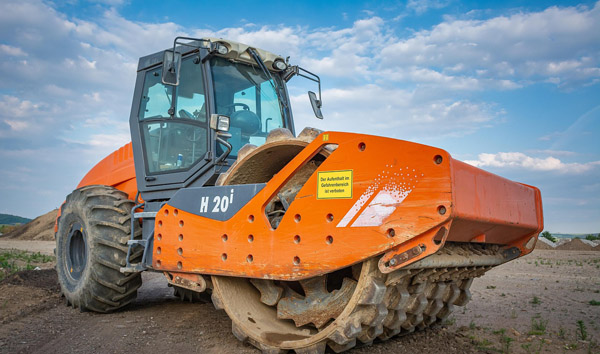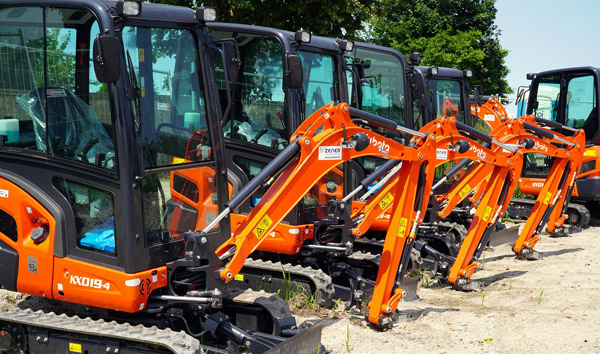Navigating the Complexities of Rough Terrain Forklift Procurement Bidding
2025-07-29 05:15:31
The procurement of Rough Terrain Forklifts is a critical process for industries operating in challenging environments, such as construction, mining, and agriculture. Unlike standard forklifts, rough terrain forklifts are designed to handle uneven surfaces, steep inclines, and heavy loads, making their selection and acquisition a specialized task. When initiating a procurement bidding process, organizations must ensure that technical requirements align with operational demands while balancing cost efficiency.
Technical Specifications and Performance Metrics A well-structured rough terrain forklift procurement bidding process begins with defining precise technical specifications. Key parameters include load capacity (typically ranging from 5,000 to 36,000 lbs), lift height, engine power, and tire type (pneumatic or solid). Additionally, features such as 4-wheel drive, stability control, and advanced hydraulics must be evaluated to ensure suitability for rough terrain applications. Industry data indicates that 78% of procurement delays stem from unclear technical requirements, emphasizing the need for detailed bid documents. Suppliers should provide documented compliance with OSHA and ANSI standards, along with real-world performance data from similar deployments.
Supplier Evaluation and Compliance Selecting the right supplier is crucial in rough terrain forklift procurement bidding. Beyond cost, factors such as after-sales support, warranty coverage, and spare parts availability must be scrutinized. A 2023 industry survey revealed that 62% of buyers prioritize supplier reliability over initial cost savings, given the long-term operational impact of equipment downtime. Bidders should submit case studies demonstrating successful deployments in comparable environments. Third-party certifications, such as ISO 9001 for quality management, further validate a supplier’s credibility. Procurement teams must also assess financial stability to mitigate risks of supplier insolvency mid-contract.
Cost Optimization and Bid Analysis While rough terrain forklift procurement bidding is competitive, the lowest bid is not always the most cost-effective. Total cost of ownership (TCO) calculations should incorporate fuel efficiency, maintenance intervals, and resale value. For instance, Tier 4 Final engines may have a higher upfront cost but offer 15-20% lower fuel consumption over time. Bid evaluation matrices should weigh technical compliance (40%), supplier reliability (30%), and cost (30%) to ensure balanced decision-making. Leveraging bulk purchase agreements or long-term leasing options can further optimize expenditure without compromising quality.
Conclusion Successful rough terrain forklift procurement bidding hinges on a structured approach that balances technical rigor, supplier vetting, and financial prudence. By adhering to industry benchmarks and leveraging competitive bidding strategies, organizations can secure durable, high-performance equipment tailored to demanding operational environments.













